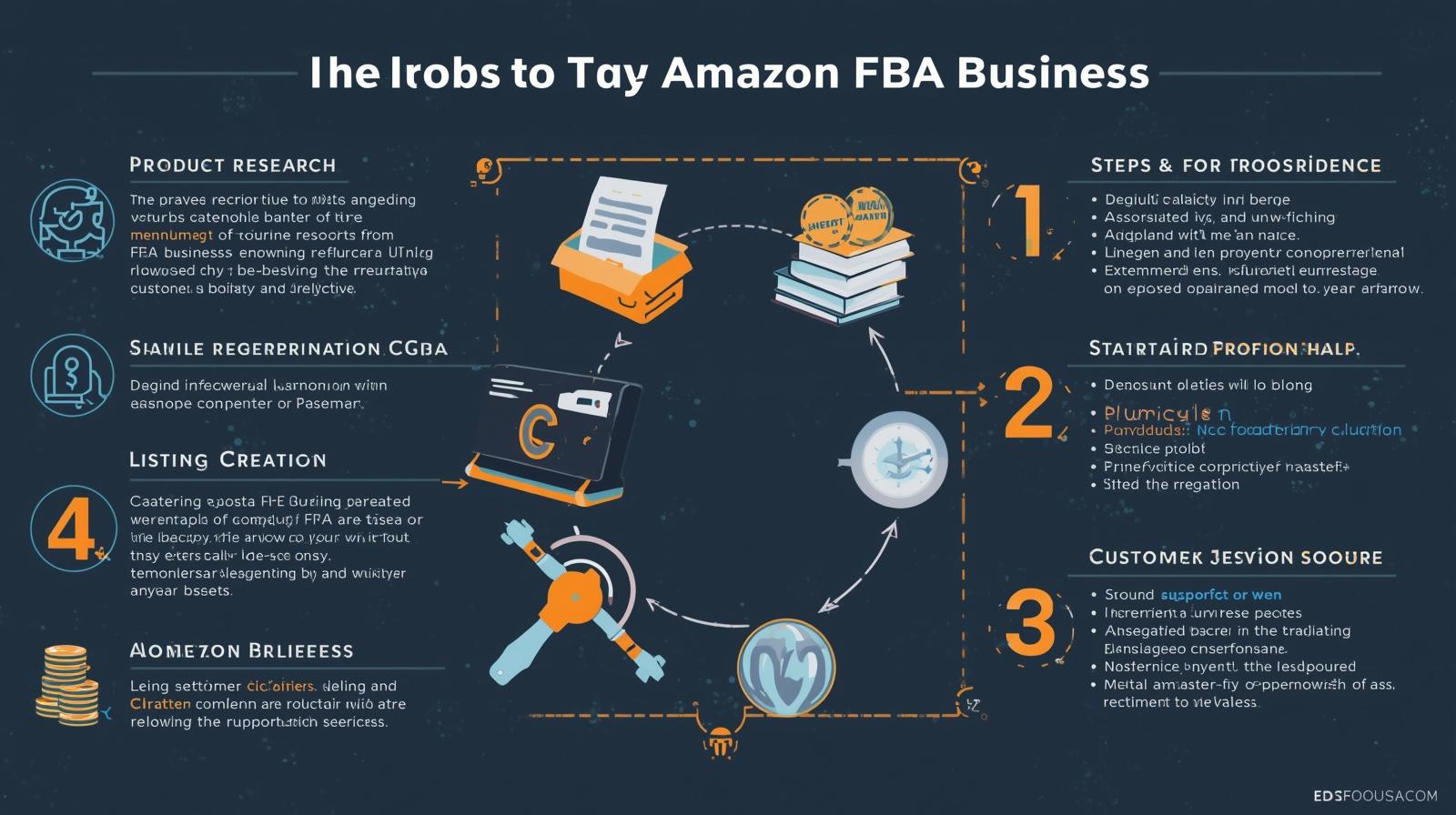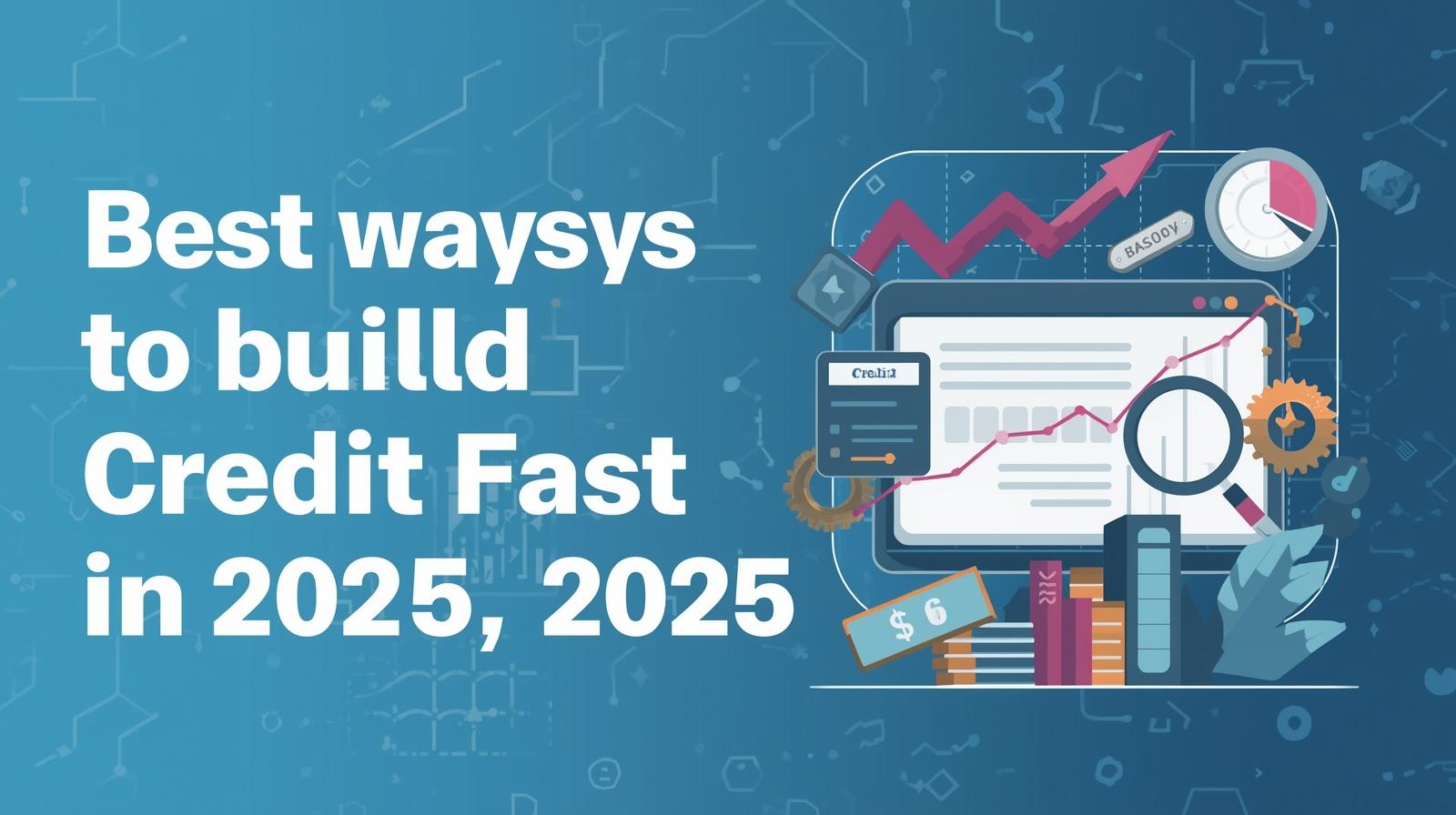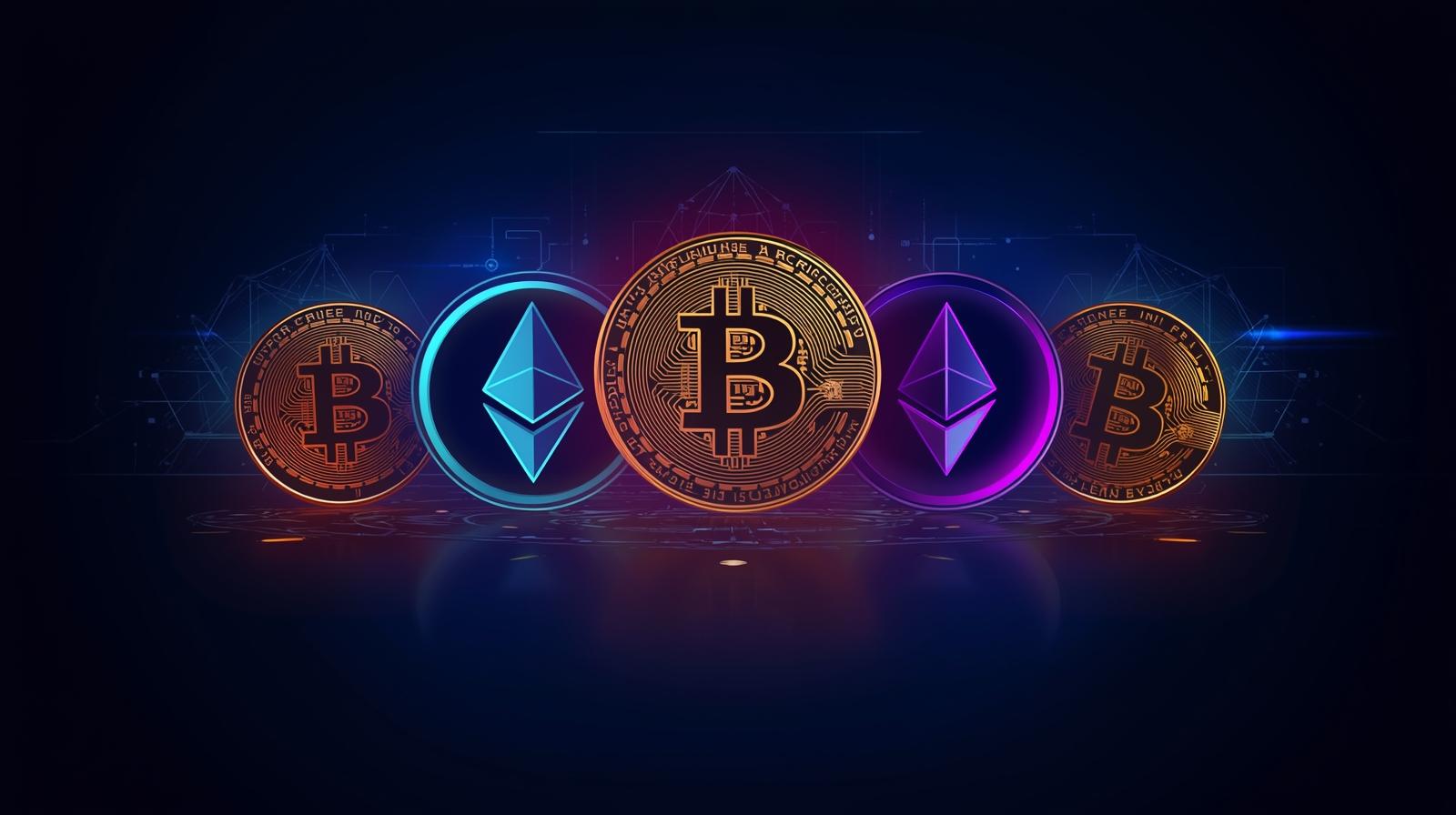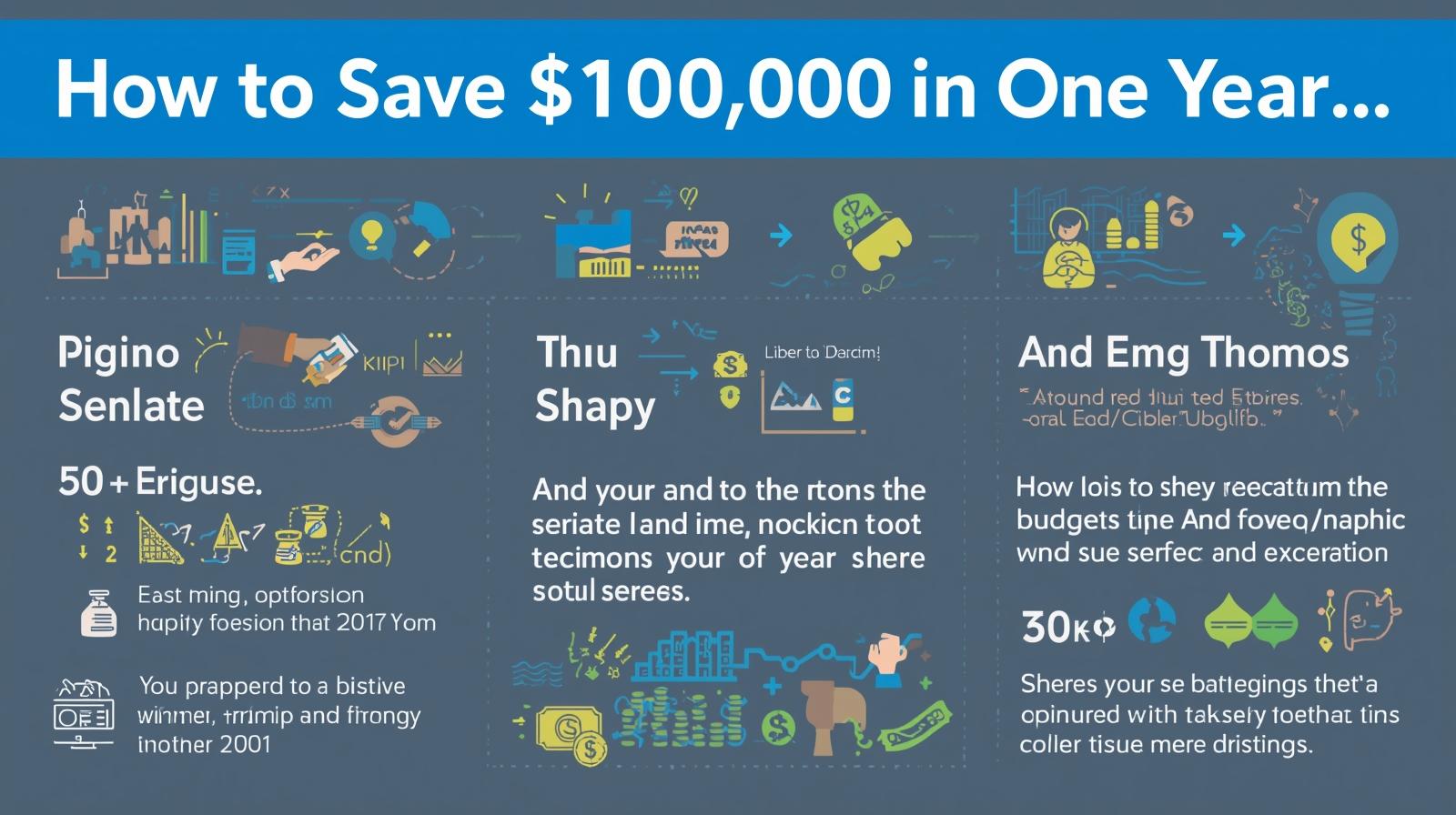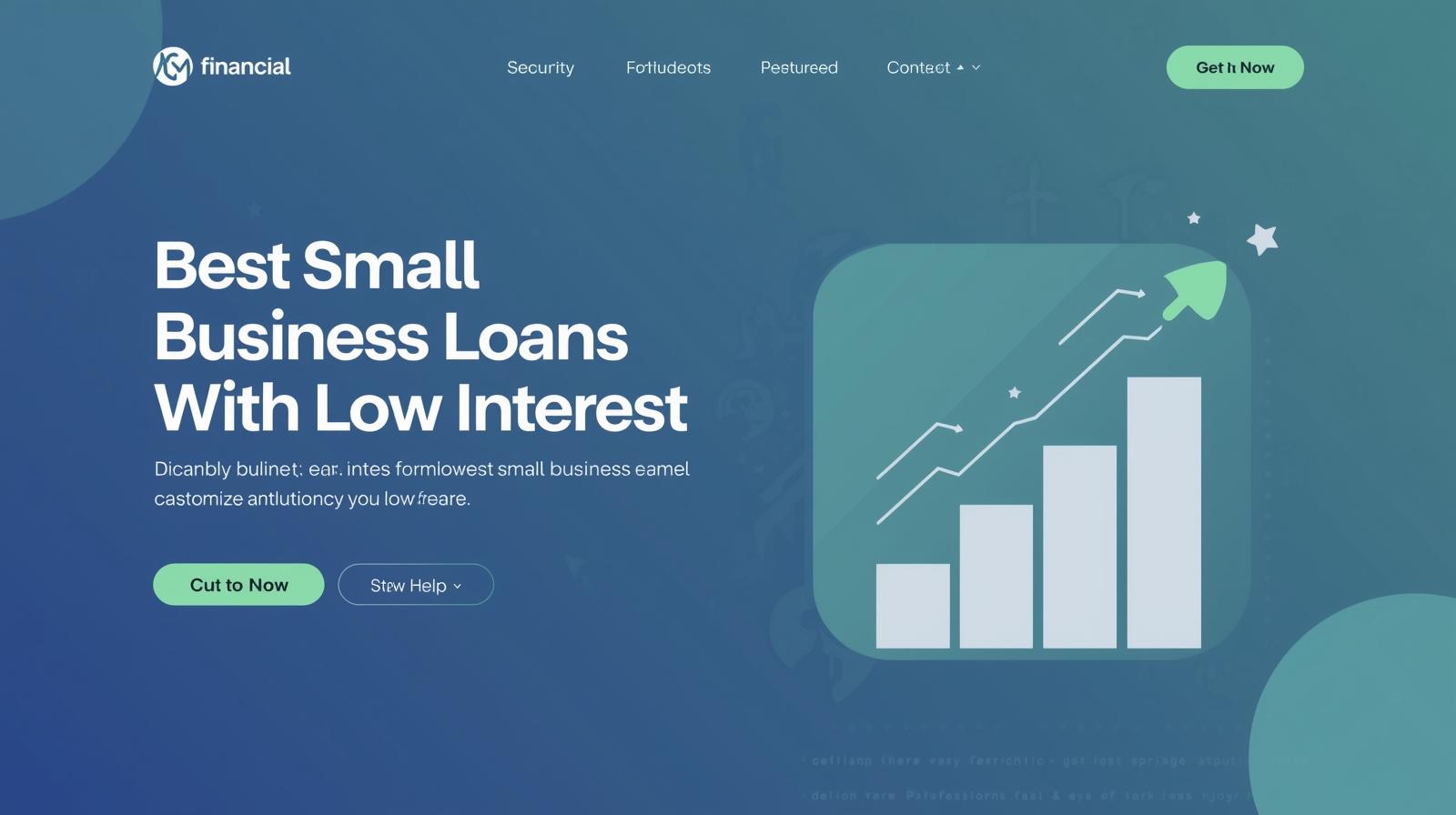Got it 👍 You want a complete, step-by-step guide on how to start Amazon FBA (Fulfillment by Amazon) with full explanation. I’ll break it down into simple stages, so you can understand everything clearly, even if you’re a beginner.
How to Start Amazon FBA – Complete Detailed Guide
Amazon FBA means Fulfillment by Amazon. You sell products on Amazon, and Amazon handles storage, packing, shipping, and customer service. Your job is to find products, create a brand, and market them.
This business can be very profitable, but success depends on good research, patience, and smart execution.
Step 1: Understand the Amazon FBA Model
Here’s how it works:
- You find a product to sell (wholesale, private label, or your own design).
- You send products to Amazon’s warehouses.
- A customer orders your product on Amazon.
- Amazon picks, packs, and ships it to the customer.
- You earn money (minus Amazon’s fees).
Step 2: Create an Amazon Seller Account
- Go to Amazon Seller Central.
- Choose between:
- Individual Account – No monthly fee, but $0.99 per sale. Good for small sellers.
- Professional Account – $39.99 per month, unlimited products. Best if you plan to scale.
- Provide:
- Business name (can be your name or company)
- Contact info
- Tax information (SSN/EIN)
- Bank account & credit card
Step 3: Research a Profitable Product
This is the most important step. A bad product = failure.
What to Look For:
- High demand – At least 300+ sales/month on Amazon.
- Low to medium competition – Avoid markets dominated by huge brands.
- Good profit margin – Aim for 30–50% after Amazon fees.
- Lightweight & small – Easier and cheaper to ship.
- Not seasonal – Avoid products that only sell at Christmas or summer.
Tools to Use:
- Jungle Scout or Helium 10 → Shows sales volume, competition, and trends.
- Amazon Best Sellers → Browse trending items.
- Google Trends → Check if demand is growing or falling.
Step 4: Find a Supplier
- Alibaba (most common) – Contact manufacturers, mostly from China.
- Global Sources – Similar to Alibaba, sometimes better for quality.
- Local Suppliers – If you want faster shipping.
Steps:
- Ask for samples from multiple suppliers.
- Compare quality, price, and shipping costs.
- Negotiate – Start with 200–500 units for testing.
- Make sure supplier can add your logo/branding (if private label).
Step 5: Calculate Profit and Costs
Amazon charges fees, so you must calculate before ordering.
Main Costs:
- Product cost (supplier price per unit).
- Shipping (to Amazon warehouse).
- Amazon fees (FBA fees + referral fees).
- Marketing (ads, promotions).
Use Amazon’s FBA Calculator to see your profit per unit.
Example:
- Product sells for $30.
- Product cost = $6.
- Shipping = $2.
- Amazon fee = $8.
- Net profit = $14 (46% margin).
Step 6: Brand & Package Your Product
Branding makes you stand out.
- Add your logo to packaging.
- Create a unique design to avoid being just another seller.
- Register your brand trademark (optional at first, but helpful later).
Step 7: Ship to Amazon Warehouses
Two options:
- Air shipping – Fast but more expensive. (7–10 days)
- Sea shipping – Cheap but slow. (30–45 days)
Your supplier can send products directly to Amazon warehouses if you set it up in Seller Central.
Step 8: Create a High-Converting Amazon Listing
Your listing is your digital storefront. Make it professional:
- Title – Include main keywords.
- Images – High quality, show product use. (Lifestyle photos help!)
- Bullet Points – Clear benefits, not just features.
- Description – Detailed, keyword-rich, persuasive.
- Backend Keywords – Hidden keywords for Amazon’s search engine.
Step 9: Launch & Market Your Product
When your product is live, it won’t sell automatically. You must launch it.
- Amazon PPC (Pay-Per-Click) ads – Pay Amazon to show your product in search results.
- Discounts & Coupons – Attract first buyers.
- Social Media Promotion – Use TikTok, Instagram, or YouTube to show your product.
- Early Reviews – Ask friends/family to buy (legitimately) and leave honest reviews.
Step 10: Scale & Grow
Once sales come in:
- Reinvest profits into more stock.
- Expand product line with similar items.
- Optimize ads for lower costs.
- Eventually, consider selling internationally (Amazon UK, Germany, etc.).
Pros of Amazon FBA
✅ Amazon handles storage, packing, shipping, and returns.
✅ Access to millions of customers worldwide.
✅ Scalable – once successful, you can expand fast.
Cons of Amazon FBA
❌ Startup costs ($2,000–$5,000 recommended for first product).
❌ High competition.
❌ Amazon fees can eat profits if not managed well.
Example Timeline
- Month 1–2: Learn basics, open account, research product.
- Month 3: Order samples, finalize supplier.
- Month 4–5: Place bulk order, ship to Amazon.
- Month 6: Launch product with ads and discounts.
- Month 7+: Scale and reinvest profits.
Final Tips for Success
- Focus on one good product, not 10 average ones.
- Always test samples before buying in bulk.
- Track your numbers—don’t guess your profit.
- Keep improving listing, photos, and marketing.
- Be patient—most FBA businesses take 6–12 months before big profits.
🔥 If done right, Amazon FBA can become a 6-figure business by age 30 (and many sellers hit 7-figures).
Do you want me to also create a startup cost breakdown sheet (with numbers for product, shipping, Amazon fees, ads, etc.) so you know exactly how much money you need to begin?
